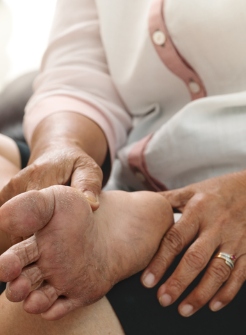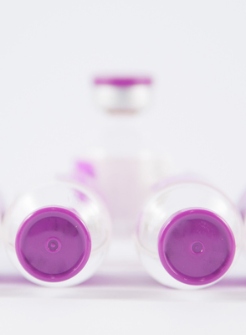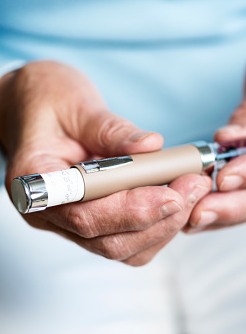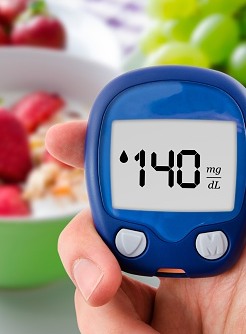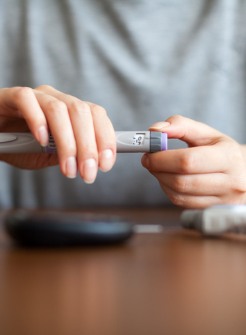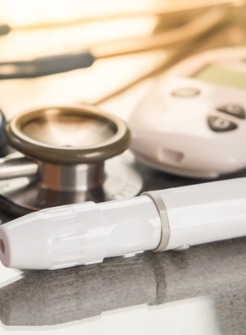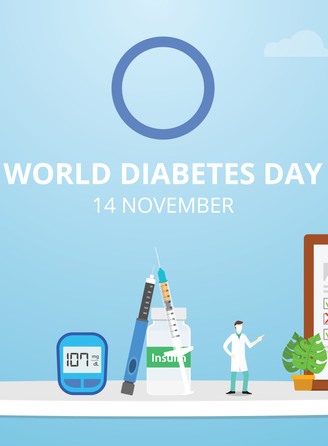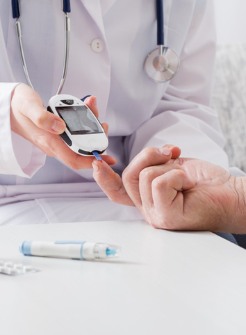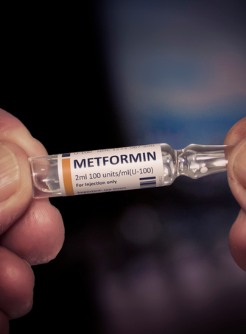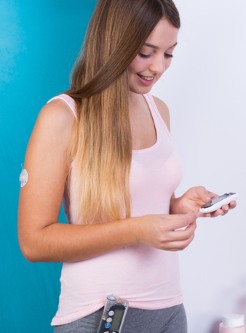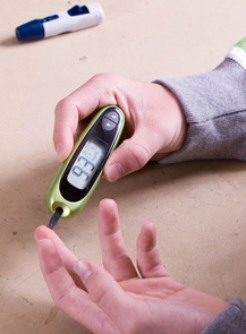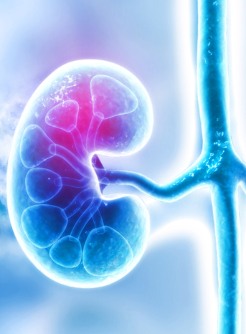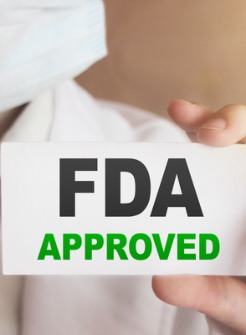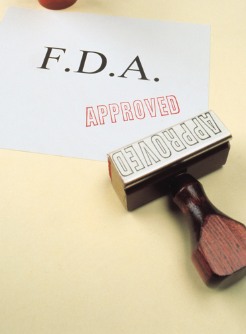Breath Tests Accurate, ‘Promising’ in Diabetes Diagnosis
By Andrew John, /alert Contributor
August 4, 2021
Breath tests are an accurate, acceptable approach for diagnosing diabetes, according to a review and meta-analysis published in BMJ Open Diabetes Research & Care.
“In human exhaled breath, a wide variety of volatile organic compounds (VOCs) are observed and associated with health conditions,” Wenting Wang, of the Hangzhou First People’s Hospital and Zhejiang University School of Medicine, Hangzhou, China, and colleagues wrote. “...The association of diabetes mellitus and breath VOCs has been observed since the 1940s and is being reported by many studies up to now. Despite numerous studies, the applicability and diagnostic accuracy of breath tests for diabetes mellitus remain controversial.”
The researchers conducted a systematic review and meta-analysis, reviewing 44 studies for quantitative data analysis and an additional 14 studies for meta-analysis. Wang and colleagues gathered these studies from various databases, including EMBASE, Medline, Cochrane Library, PubMed and the Science Citation Index Expanded.
Overall, a pooled analysis found that breath testing for type 2 diabetes had a 91.8% sensitivity (95% CI, 83.6%-96.1%), the researchers reported. These tests also showed a similarly strong specificity of 92.1% (95% CI, 88.4%-94.7%). The area under the curve was 0.96 (95% CI, 0.94-0.97).
The studies mentioned 16 different organic compounds used for diagnosis, the researchers wrote. Four of these compounds appeared at least twice: isotopic carbon dioxide (n = 11), isopropanol (n = 5), dimethyl sulfide (n = 2) and acetone (n = 19). The VOC with the best diagnostic accuracy was isotopic carbon dioxide, which demonstrated a sensitivity of 94.9% (95% CI, 0.87-0.981). Further, carbon dioxide showed a specificity of 94.6% (95% CI, 0.891-0.975). The area under the curve was 0.98 (95% CI, 0.97-0.99).
Acetone, which researchers pointed out was the most common biomarker indicated in the studies in their analysis, showed only moderate diagnostic accuracy. Acetone had a sensitivity 63.8% (95% CI, 0.511-0.748). It showed a specificity of 80.1% (95% CI, 0.691-0.878) and an AUC of 0.79 (95% CI, 0.75-0.82).
Type 2 diabetes and pre-diabetes were by far the most investigated diagnoses, the researchers reported, and “although the T1D breath analysis has been investigated by a number of studies, only one study reported the diagnostic accuracy, which is not sufficient to draw a conclusion.”
Although the results seemed promising, Wang and colleagues wrote, most of the studies in the analysis were early open trials, which faced an increased risk of bias even as they identified useful diabetes biomarkers. Further, they added that standardization of factors such as participants’ diets and fasting status, as well as the collection of breath samples, would be necessary before such tests could become standard for clinicians in a real-world setting.
“Our results suggest that breath test[ing] is a promising approach to non-invasive diagnosis of diabetes mellitus and is especially appropriate for large-scale preliminary screening,” Wang and colleagues wrote. “Even so, before clinical practice, there is still a lot of work to do with standardization of breath tests, including subject control, breath sampling and analyzing.”
Disclosures: The researchers report no relevant financial disclosures.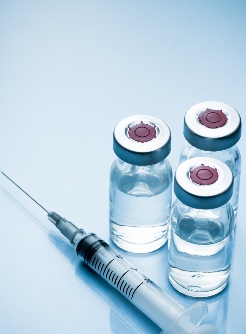
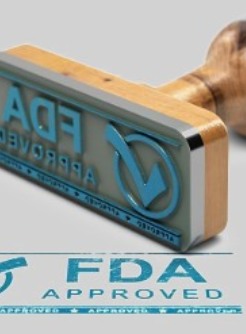
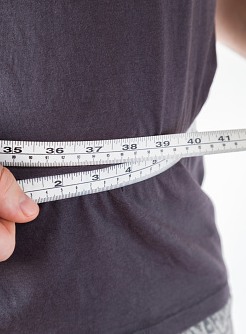
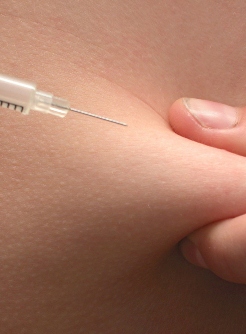
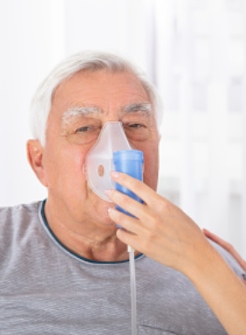
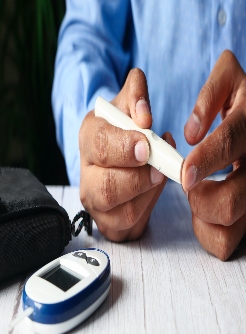
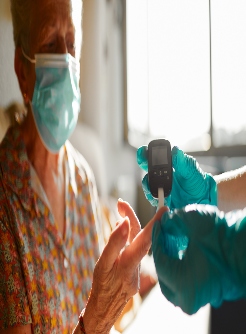
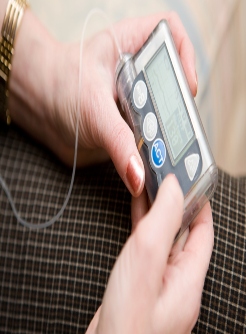
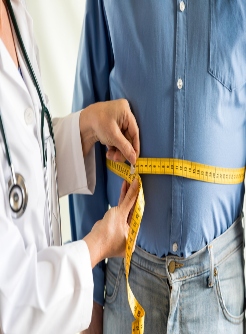
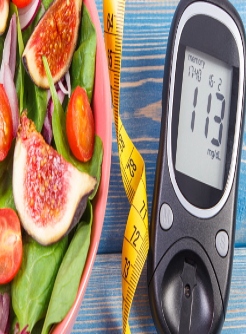

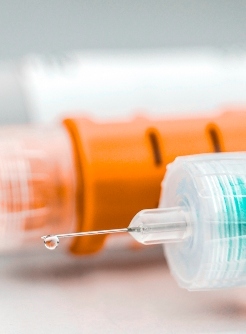
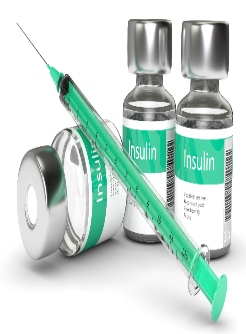

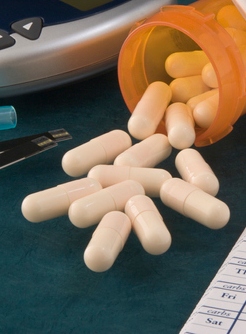
.jpg)

